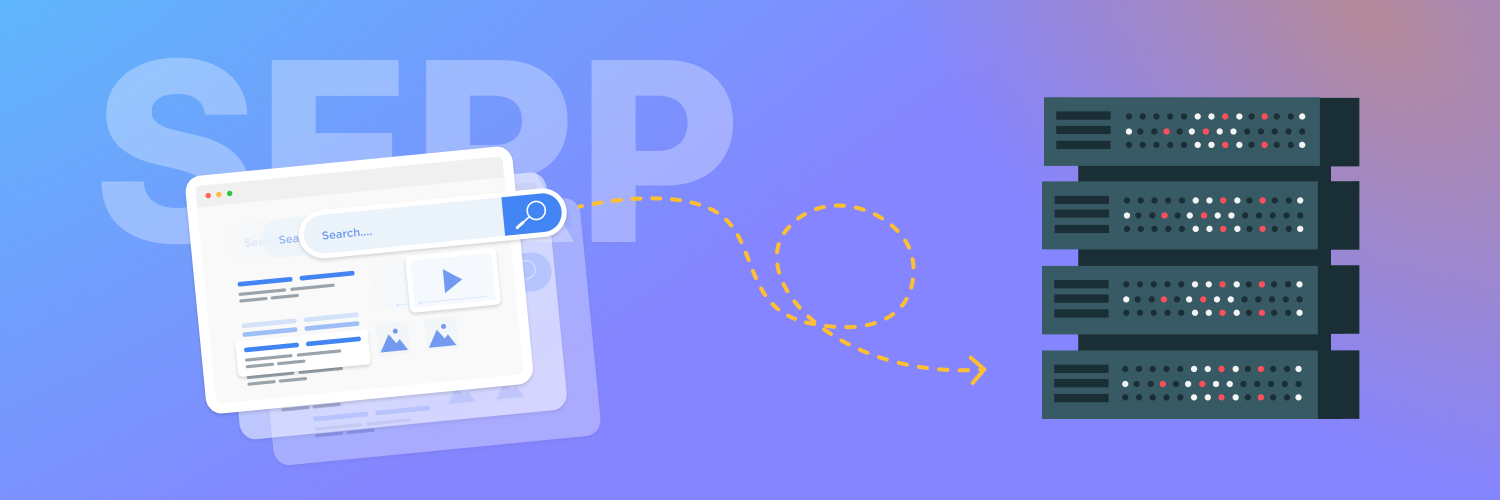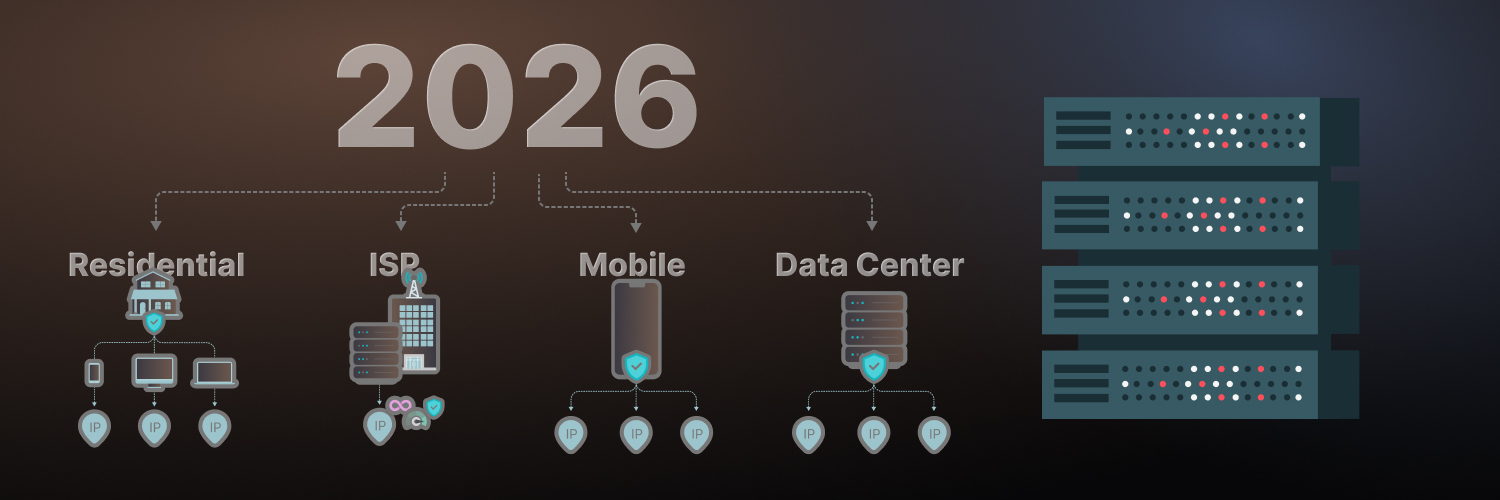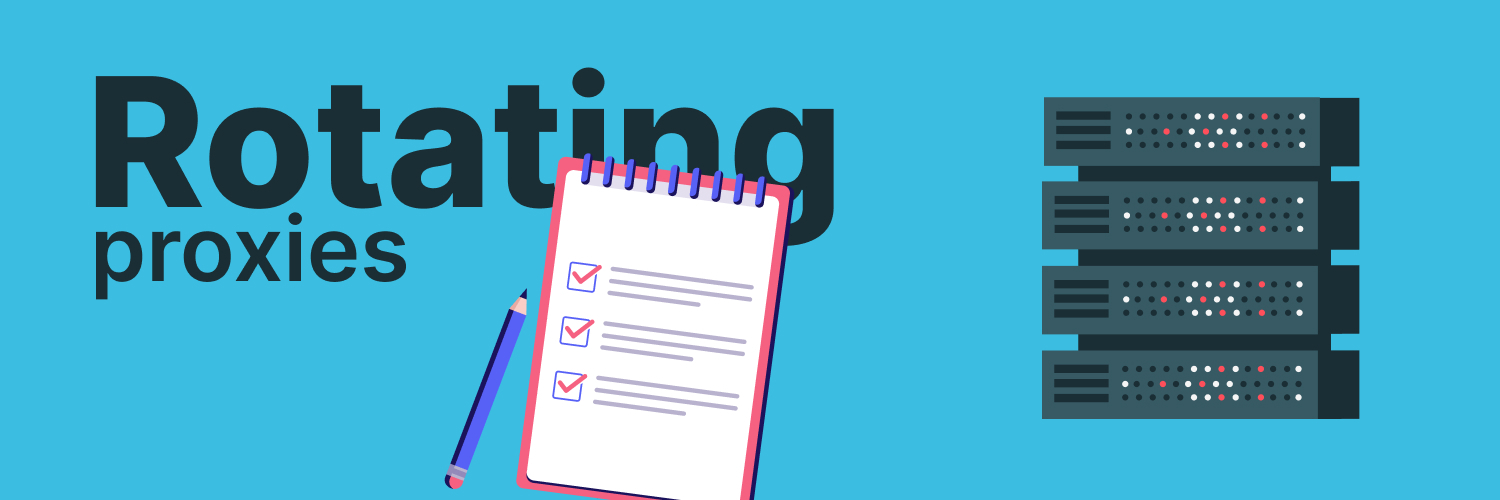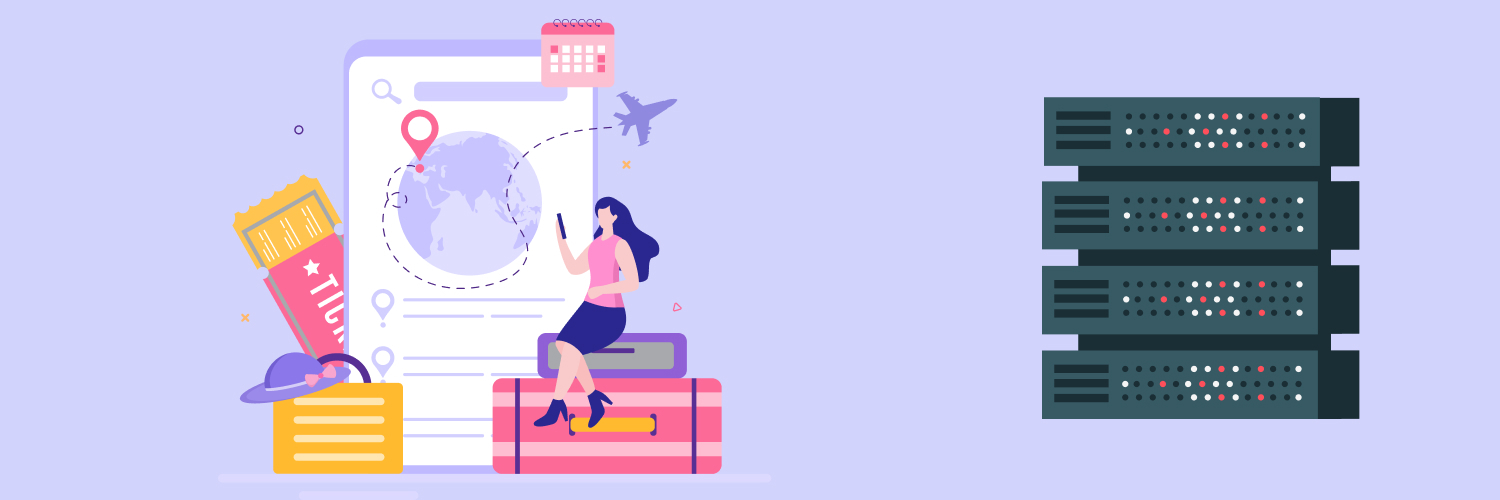A Complete Comparison of Scala and Python
Scala can handle concurrent programming, and its performance gives it an edge over most programming languages. Python, however, is easy to read and write, and its extensive library makes it applicable in numerous industries.
Scala’s scalability and functional approach is practical in applications that handle work that increases in size and complexity. Python’s frameworks enable easy app development. In this Scala vs. Python comparison, we’ll examine their main differences, benefits, strengths, and limitations.
What is Scala?

Scala is an acronym for Scalable Language, meaning it adapts to changes in your demands. Scala programming language was created in 2001. It was developed by Martin Odersky to address Java’s limitations. Therefore, it runs on the JVM (Java Virtual Machine), actively integrating with its libraries. Scala and Java’s interoperability allows direct referencing of both codes simultaneously.
However, Scala is NOT an extension of Java. In 2004, it became an independent programming language.
What makes Scala unique? Scala’s ability to incorporate functional and object-oriented approaches when writing code makes the language easy to learn. The statically typed setting lets the program’s compiler run real-time debugging checks.
Why choose Scala?
Scala’s integration with Java is one of its strengths. You’ll have the upper hand if you learn to integrate both programming languages. Besides, it’s open source, ruling out any licensing constraints.
Data engineers and scientists prefer Scala because it can handle big data. One of the most popular machine learning and data analytics tools, Apache Spark, uses Scala. Its inherent safety and straightforward nature make it favorable for developing data-intensive apps.
Scala is an excellent option if you’d like flexibility during program development. It moves to test different phases, thereby streamlining operations.
Some famous brands that use Scala include;
- Netflix
- Sony Pictures Imageworks
- Xerox
- Siemens
What is Python?

Python has been gaining massive popularity recently. It is an open-source programming language developers and non-developers can use for their projects. Python is primarily used in data analytics, task automation, and website-building. This computer programming language was created in 1991.
Python’s basic syntax and beginner-friendliness allow it to be among the most actively-used languages. Pairing that with its extensive library and tools, the platform’s versatility helps developers perform countless operations.
Why choose Python?
Python’s versatility is all the reason you need to choose it. If you’re looking to perform data analytics and visualization, task automation, or develop websites, Python is the best option.
Its syntax makes it easy to learn and adapt to different environments. Non-programmers still actively use Python in their everyday tasks.
Here are some tasks you can comfortably handle with Python:
- Automation & Scripting
- Data analysis
- Machine learning
- Prototyping and software testing
- Web development
- Other tasks.
Scala Versus Python: Key Differences

We’ll look into the differences between Scala and Python against this list of features;
- Language paradigms
- Syntax
- Type system
- Concurrence and parallelism
- Libraries and ecosystem
- Scalability
- Integrations
- Machine Learning and Data Science applications
- Runtime environments
- Community support
- Tooling & IDEs
- Typical use cases
- Language features
- Performance/performance benchmark
- Learning curve
Scala and Python have separate strengths and different features.
Python blooms in web development, machine learning, and data science applications. Scala’s powerful functional programming features and type system make it great for performance-focused applications.
Language paradigms
Scala combines OOP (Object Oriented Programming) and functional programming paradigms. Its immutability support and first-class functions create the basis of functional programming. Scala allows case classes, pattern matching, and higher-order functions in its concise and expressive code.
Python is mainly an OOP language with functional programming aspects. Its syntax is among the easiest to grasp, and it focuses on simplicity and readability. Python programming supports dynamic typing.
Syntax
Scala’s syntax is easier to understand than Java’s. However, it might be a little more complicated for beginners to grasp.
Python works on a clean and easy-to-learn syntax, making it more beginner-friendly than Scala. Unlike Scala’s static typing module, Python is dynamically typed, which is more flexible. The downside of this dynamic typing environment is that runtime errors will show if you don’t manage your code precisely.
Type System
Scala is statically typed and reduces runtime mistakes by providing a compile-time error check. Advanced features like pattern matching, generic types, and implicit parameters add to the convenience of Scala’s type system.
Python offers a dynamic type system, which allows variables to be changed for flexibility. Python 3.5 also introduced type hints for type checking. How convenient is that?
Concurrence and Parallelism
Scala supports concurrency through frameworks and libraries like Akka. The latter leverages the actor model to handle multiple concurrent and distributed environments.
Scala’s ability to handle parallel processing utilizes JVM’s concurrency properties, which are also suitable in high-performance environments.
Python’s Global Interpreter Lock (GIL) is a challenge when handling multi-threaded tasks. That’s because the GIL prevents simultaneous execution of Python bytecode. That, in turn, limits performance gains in CPU-intensive environments.
However, Python’s asyncio module is crucial in helping achieve concurrency in the Python environment. CPU-intensive environments are handled using C/C++ extensions, compensating for GIL’s limitations.
Libraries and Ecosystem
The integration of Scala with Apache Spark and JVM exposes it to working with numerous applications. Apache Spark is a robust distributed computing framework that helps Scala access resources for large-scale data processing.
The integration of Scala and JVM allows the former to fetch resources from Java’s ecosystem, resulting in versatility and exceptional performance.
Python, however, boasts a huge ecosystem with vast libraries for robust data analysis and scientific research. These include Pandas, SciPi, and NumPy. Python’s integration with C/C++ code results in a more robust performance when handling complex numerical computations.
Python’s Scikit-learn, PyTorch, and TensorFlow libraries are crucial in AI and machine learning. Their optimized backends and GPU acceleration maximize Python’s performance.
Scalability
The scalability of these two programming languages depends on numerous factors;
- Execution model
- Typing system
- Ecosystems
- Concurrency support
Scala’s static typing promotes resource efficiency and heightened performance. That’s because the compiler constantly checks for errors as you write, saving time during execution.
Again, Akka’s concurrency framework support and functional programming give it the upper hand when handling concurrent and intensive applications.
On the other hand, Python is dynamically typed, which might lead to lower performance when compared to Scala. However, its simplified syntax makes it easy to integrate into numerous fields.
Moreover, Python’s asyncio helps with CPU-bound tasks, rendering it a robust choice for handling scalable applications.
Integrations
Scala’s interoperability with Java’s JVM allows it to access and use a vast Java library with numerous tools and frameworks, making integration with Java applications easy.
Moreover, Scala possesses enterprise integration capabilities. Tools like Spark, Apache Kafka, and Hadoop enable Scala’s adoption in enterprises.
Python is compatible with C and C++. It utilizes tools like Ctypes and Cython to integrate high-level applications.
Python also boasts an extensive library, excelling in automation and web development environments.
Machine Learning and Data Science Applications
Scala lacks tools for NLP (Natural Language Processing) and machine learning. Python does have them. That’s why Python is the preferred programming language for machine learning experts and data scientists.
Some data-science libraries include Matplotlib, Pandas, NumPy, and SciPy. Pytorch, TensorFlow, and Keras help with deep-learning projects.
However, Scala possesses big-data analytic capabilities, becoming a helpful tool for research teams. Apache Spark makes using Scala in data-driven enterprises easy.
Runtime Environments (Platform)
Scala runs on the JVM (Java Runtime Machine.) Features like platform independence, garbage collection, and JIT (Just-in-time) provide a robust runtime environment for Scala.
It’s worth mentioning that Scala runs on macOS, Linux and Windows. That’s because JVM is compatible with all three operating systems.
Python’s interpreter also runs on macOS, Linux, and Windows. It executes code line-by-line but is a little slower than static-typed languages. Python is also a cross-platform programming language that runs on any compatible device.
Community Support
Python has the greater community of the two. A larger community always means more resources and information are circulating between developers. Regardless of Scala’s smaller community, they still dedicate their time to holding events and meetups:
Python has a massive programming community—the largest worldwide. That means numerous tutorials and a ton of user-generated content. The available information also provides new programmers with industry expert tips.
Tooling & IDEs
IDE – Integrated Development Environment.
IDEs are crucial for smooth code creation. Scala benefits from IntelliJ IDEA and Eclipse. Eclipse connects with the Scala IDE plugin, which provides debugging, code completion, and refactoring tools.
Python has a wide array of IDEs. Jupyter Notebook, PyCharm, and Visual Studio Code assist with interactive coding, code completion, and debugging.
You can also create isolated environments in Python using the virtualenv component.
Typical Use Cases
What are the typical use cases of Scala and Python? Knowledge of the use cases of a programming language helps you save time and resources.
Scala is great for big data processing, high-performance systems, and enterprise applications. Apache Spark supports high-level big data processing. The JVM’s robust nature also gives Scala Functional Programming properties and makes it suitable for CPU-intensive applications.
Python’s vast resources allow it to be used in countless cases. These include automation and scripting, data science, and machine learning. Flask and Django frameworks make Python easy to use in web development environments.
Language Features
Scala is a functional programming language with features like higher-order functions and immutability. These features help write code effortlessly for scalable and maintainable operations.
Scala’s static typing module helps you notice and correct errors as you write. That enables you to save resources, especially when working on large projects.
Python, on the other hand, has a dynamic typing design that offers flexibility. However, it slows down runtime and can be tiresome for large-scale applications.
However, its readability and simplified syntax make it great for application and web development.
Performance benchmark
Scala’s performance is superior due to its JVM optimization and compiled nature. It is better for big data processing, concurrent applications, and scalable operations.
Even when Python is slow during execution, it always uses its ease of use to simulate prototyping and rapid development environments. When running high-performance tasks, Python relies on its optimized libraries to realize good performances.
Learning curve
Scala has a steeper learning curve when compared to Python. It’s object-oriented paradigms and functional properties might be challenging for beginners to grasp. For the most effective use of Scala, you’ll need to understand JVM’s concepts fully.
Python, on the other hand, could easily be a beginner’s first programming language. It can also handle numerous applications.
Scala Vs Python: Pros and Cons

Let’s look into the advantages and limitations of each language.
Pros of using Scala
- Excellent IDE Support—Scala’s IDE lineup includes frameworks like IntelliJ IDEA, Scala IDE, Emacs, and Atom, which help with high-level applications.
- Scalability—Scala’s scalability is among its most significant advantages. It helps with concurrency and creates error-free, intensive applications. That also makes Scala versatile and operable with other software.
- Exceptional for Big Data—Tools like Apache Spark simplify handling big data in Scala environments, making Scala an excellent choice for data analytics companies.
- Cleaner code—Scala’s static type-system environment helps identify errors while writing your code. This later saves you much time running it, especially when debugging massive projects.
- Robust performance—Scala is the go-to for sophisticated tasks. Its static approach and Java integration give it an edge over most programming languages.
Cons of using Scala
- Scala’s steeper learning curve is a challenge to aspiring developers. The merge of object-oriented and functional programming might require more work for beginners to comprehend.
- Scala’s limited community might be challenging, especially when you need help with a related topic.
Pros of using Python
- Beginner-friendly – Beginners can easily write and debug code in a Python environment. Its versatility means you can only learn the part that interests you. Python’s huge community also means you can benefit from countless tutorials and resources online.
- Multiple libraries – Python’s inbuilt libraries are extensive, providing pre-written code to integrate into your work. It’s Python’s biggest strength. You’ll get access to libraries that support web development, database creation, and scientific computing.
- Embeddable – Python can easily be integrated into other programming environments and applications. If you need to add extra functionality to existing software, Python will help you. Python can even be used in C++ applications.
- Great Support – Python’s active developer community can be found anywhere online. They contribute to projects and update the community library with helpful code. It’s also a great place to get feedback on your completed projects!
- Prototyping-friendly – Python’s considerably easy-to-learn syntax makes it ideal for prototyping. You can easily write code and experiment with different factors. You can also save time during prototyping by incorporating the pre-written code on Python’s libraries.
Python’s Jupyter and Shell help you get real-time code tests and visualizations, saving you even more time.
Cons of using Python
- Python is slower in execution. That’s because each line is executed separately. Compiled languages like Java and C++ are faster to execute.
- Python is not the best at multithreading tasks because of its GIL. The Global Interpreter lock ensures one line of code is executed at a time, slowing down multi-threaded processes since they can’t be run parallel.
Importance of proxies for Scala and Python

Scala and Python both require proxies when carrying out different tasks. Proxies act as connectors between servers and their applications.
Here are four reasons why a proxy would be helpful in a programming environment:
- Proxies improve the performance of applications
- Enhance security
- Facilitate testing
- Managing System complexities
Proxies Improve the general performance of applications.
Proxies distribute the load of incoming traffic in Scala applications, thereby improving the balance of operations. They also help cache Scala responses, reducing load times for frequent applications.
Python utilizes CDN (Content Delivery Networks) to cache data within operations, improving performance and reducing latency.
Proxies Enhance Security
Scala uses proxies to create secure microservice points to handle authorization and authentication. Proxies also provide extra security against web vulnerabilities.
Python leverages API security to enhance IP filtering, SSL termination, and rate limiting.
Proxies Facilitate testing
Scala utilizes proxies to test or simulate a section of the code without touching the whole system. Proxies can also be used to perform API mocking.
Python’s library includes numerous testing frameworks, like PyTest. These frameworks create test environments and help manage test data.
Python Developers also benefit from proxies, which help them test parts of their code while identifying errors and bugs.
Proxies help to Manage System complexities.
Proxies help Scala-built applications route requests and handle different service instances. They can create ‘circuit-breaker’ patterns that prevent cascading failures.
Proxies handle failover strategies, load balancing, and inter-service communication in Python. They are also responsible for configuring and managing request routing and maintaining a healthy Python distribution system.
Scala vs Python: Trends and Developments to Watch Out For

Both programming languages are expected to evolve and become more robust and reliable. Let’s examine how each language is expected to change.
Scala future trends
Scala is seeking to create a more stable and usable performance. Metaprogramming capabilities and Java integration will be smoother. You can also expect an update in IDE support for a more expressive coding environment, debugging support, and code completion.
Compiling and performance will also be smoothened as there are constant developments in updating the Scala compiler.
You can also expect the Scala community to grow as more developers are expected to join the community. That will also mean more resources in the coming future.
Python future trends
Python’s future holds a lot of promise. As it is atop the competition in programming languages, Python looks forward to even more adoption and use!
That being said, expect further developments in Python’s type hints, with help from MyPy, Pyre, and Pyright. Not only will it make it easy for beginners to write code, but it will also reduce Python’s execution time in the future.
Expect advancements in AI and machine learning capabilities. Python holds a vital role in deep learning, and emerging technologies like edge and quantum computing will spearhead the campaign in the future.
Python also improves its cross-platform abilities through frameworks like Kivy and BeeWare. Embedded and IoT systems will also facilitate advancements in small devices.
FAQs about Python vs Scala
Here are the most common questions people ask about Python and Scala.
Python vs Scala: Which programming language is better?
Choosing between Python and Scala depends on your preferences and your use case. Python’s popularity lies in its easy syntax and vast libraries. Scala is great for building concurrent and parallel systems.
Python vs Scala: Which is faster?
Scala is faster than Python in several use cases. Scala better operates tasks that require top-notch performance. Again, Scala’s static typing environment gives it time-saving characteristics during runtime.
However, Python boasts an extensive library that proves efficient in machine learning and engineering tasks.
Python vs Scala: Which programming language is used for Apache Spark?
Both Python and Scala can be used in Apache Spark. Python utilizes PySpark API, which gives it access to the spark environment.
Scala outright qualifies for Apache Spark applications. However, the PySpark API gets more popular daily owing to its easy-to-learn module.
Python vs Scala: Which is better for Databricks?
Python is better than Scala in Datascripts. Other languages compatible with Databricks include:
- R
- SQL
- UDFs
- Tools
Key Takeaways
Scala and Python have different strengths, and choosing either will depend on the project you’re working on. However, it’s good to know that Scala’s full potential will be realized once you know how Java operates.
The latter is better if you’re an absolute programming beginner comparing Scala and Python. Again, with its extensive community, Python has many resources and information.
The information contained within this article, including information posted by official staff, guest-submitted material, message board postings, or other third-party material is presented solely for the purposes of education and furtherance of the knowledge of the reader. All trademarks used in this publication are hereby acknowledged as the property of their respective owners.




